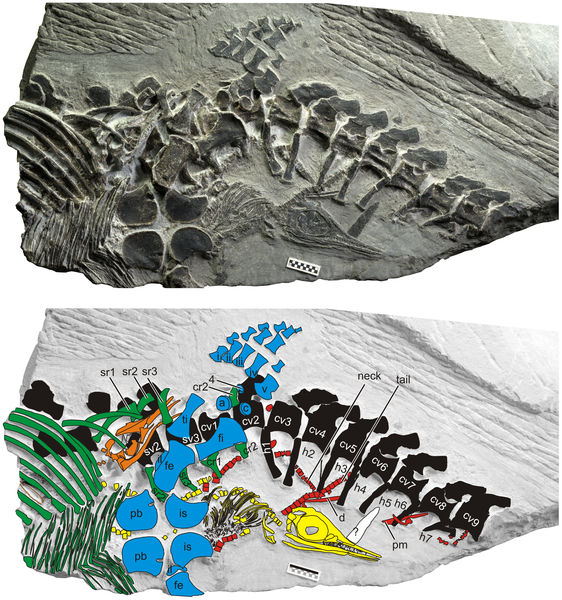Thursday afternoon at the EGU2014 was totally dedicated to the session “Volcanism, Impacts, Mass extinctions and Global environmental change” in which I also presented a talk. The session contained a total of eleven oral presentations covering various subject within the above mentioned topics. The first four talks were on the volcanism of the Siberian Traps and the end-Permian mass extinction event.
In the first talk, Seth Burgess presented new high-resolution geochronological data for the intrusives of the Siberian Traps. Burgess and his colleagues had used the same analysis and standards on not only zircons from the Siberian Traps, but also on zircons from the ash-layers bracketing the end-Permian mass extinction level at the GSSP Meishan in China. According to these new datings all the dated intrusives post-date the end-Triassic mass extinction event. Seth Burgess stated that although these data could be taken as “the nail in the coffin for the theory that the intrusive activity caused the mass extinction” he didn’t believe that they did. He then went on to explain that the majority of the intrusives of the Siberian Traps are situated at depths and those that have been dated are the ones that are accessible, probably producing a biased record.
This was good news for the second speaker, Henrik Svensen, who presented a talk on the sill-induced evaporite and coal metamorphism of the Siberian Traps. Svensen and colleagues showed that the Siberian Traps contain very thick sills that have been emplaced into both coal-bearing sediments and salt deposits, with the potential for degassing of both green house gases (CH4, CO2), aerosols (SO2), and ozone destructive gases (CH3Cl, CH3Br), which could explain the end-Permian biotic crisis.





